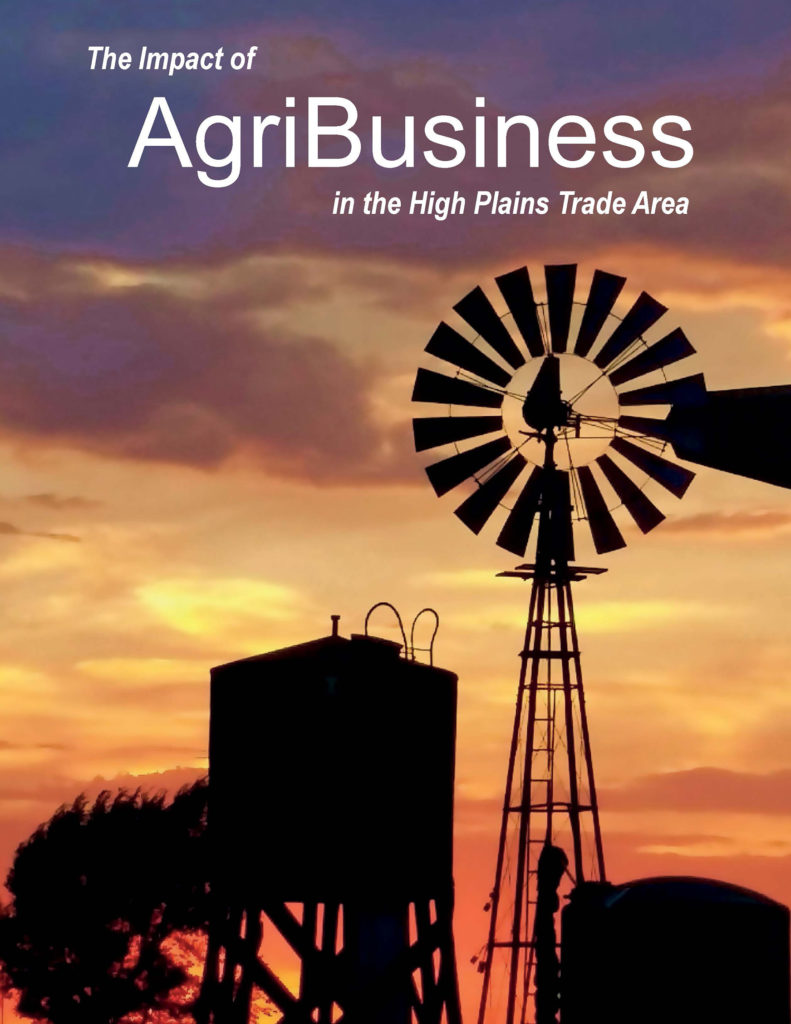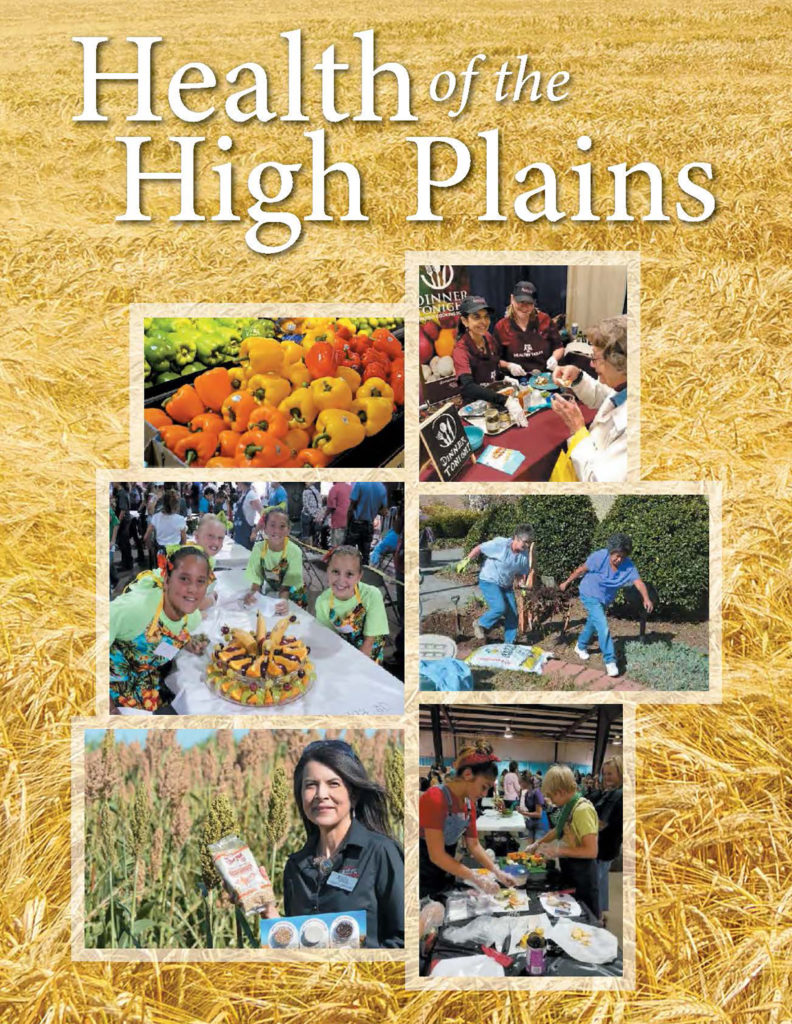AgriLife Extension releases two publications on agriculture, health in the High Plains
Emphasizing the connection between agriculture and community health, the Texas A&M AgriLife Extension Service, in conjunction with the Amarillo Chamber of Commerce, released two publications at the recent Amarillo Farm and Ranch Show.
“The Impact of AgriBusiness in the High Plains Trade Area” is a long-running publication, now in its fifth edition. The publication, updated every five years with the U.S. Census of Agriculture, details the scope and economic impact of the diverse livestock and crop production in the 26-county region.
This year AgriLife Extension faculty developed a partner publication, “Health of the High Plains,” to examine the health of the region at the county level as well as bring attention to some programs offered by AgriLife Extension, said Justin Benavidez, Ph.D., AgriLife Extension economist, Amarillo.
“In aligning with our mission of integrating health and production agriculture, we decided to bring in the family and community health side of the agency to help with the Health of the High Plains publication,” Benavidez said.
The publication highlights some chronic disease risk factors in the High Plains along with educational programs offered by AgriLife Extension to mitigate those health concerns, said Miquela Smith, AgriLife Extension health specialist, Amarillo.
“We commonly hear about health statistics at the state and national level,” Smith said. “AgriLife is accustomed to working at the county level, and we wanted to provide High Plains residents with localized data. Providing information in this way can help make health concerns more meaningful and concrete for people.”
She said family and community health agents in every county throughout the region and Texas want to work locally in terms of providing information and offering programs.
Smith said many AgriLife Extension programs are preventive in nature, which is important in a rural region where health care may be more than 50 miles away and where a greater number of residents have a lower income and no health insurance.
“The Texas High Plains region is an economically, geographically and demographically unique region,” Smith said.
Some statistics for the High Plains featured in the publication are:
– In 2016, on average, 19% of Texans under 65 years of age were uninsured, but 22.4% of this region’s population lacked health insurance.
– In Texas, 15.3% of residents live in rural areas. By comparison, 58.9% of High Plains residents live in rural areas.
– Across the state, there is an average of one mental health provider for every 957 individuals. In the High Plains, there is one provide for every 4,417 individuals.
“We know the number of Texans is going up from about 28 million today to a projected 40 million,” said Jeff Hyde, Ph.D., AgriLife Extension director, College Station. “The vision we have for AgriLife Extension is to ensure we maintain the capacity to serve all Texans.”
Hyde said the AgriBusiness publication paints a great picture of traditional agriculture in the region, which has been the “bread and butter” in AgriLife Extension for 105 years.
“But AgriLife Extension is much broader than production agriculture,” he said. “We delve into food safety, food preparation, healthy living and youth development. This is an amazing opportunity to think about the connectivity between production agriculture and human health.”
Copies of the publications can be picked up at the Texas A&M AgriLife Research and Extension Center, 6500 W. Amarillo Blvd., or the Amarillo Chamber of Commerce, 1000 S. Polk St., both in Amarillo. They can also be picked up at any AgriLife Extension office in the 26-county region or downloaded from https://amarillo.tamu.edu.




